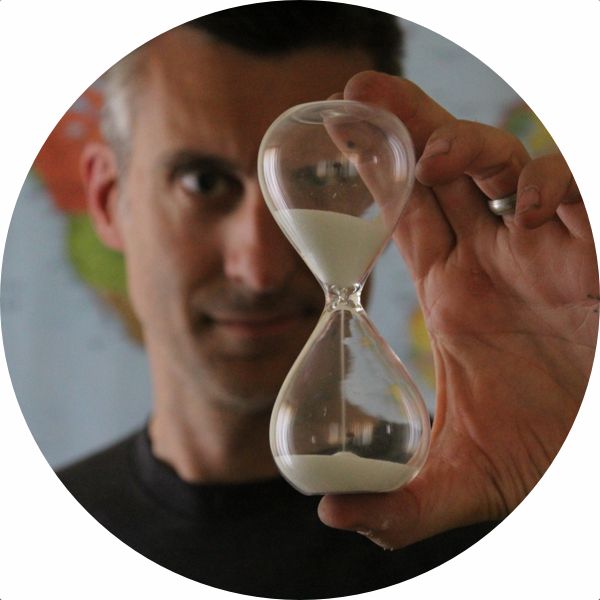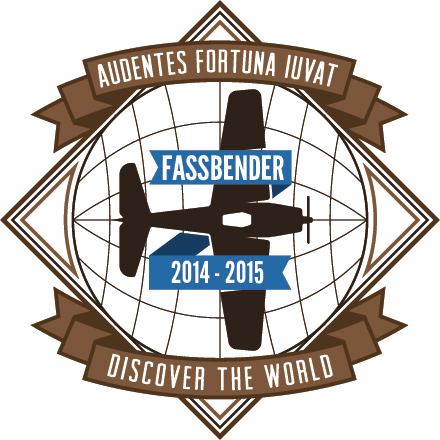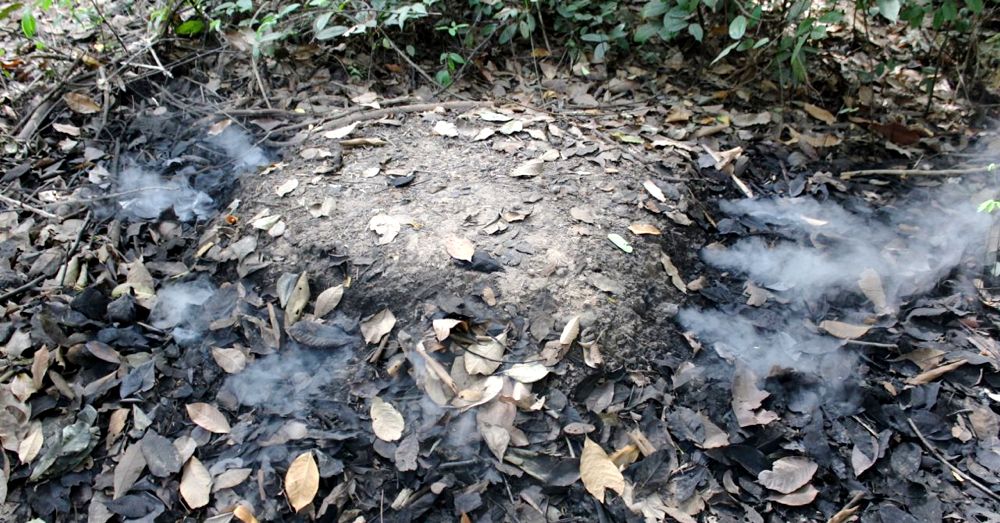Monday, 29-12-2014 & Tuesday, 30-12-2014.
Days 131 & 132.
We took in a little bit of Vietnamese history over these two days during visits to the Ho Chi Minh City Museum and the Cu Chi Tunnel Complex at Ben Duoc.
Ho Chi Minh City Museum
The Ho Chi Minh City Museum, once known as the Gia Long Palace and the Ho Chi Minh City Revolutionary Museum (and many people in Saigon still seem to call it that), is a few blocks to the north and east of the Ben Thanh market.
Ho Chi Minh City Museum front door.
The building dates back to 1885 and looks very European because it was designed by French architect Alfred-Marie Foulhoux, who also designed many other such buildings in Saigon.
Reunification.
The building has been used as a lot of different things over the years, including the French Governor’s Palace, the Southern Governor’s Palace, Ngo Dinh Diem’s Palace, and even a Supreme Court.
Independence or Death.
But since 1978 it’s been a museum focusing on culture, nature, archaeology, history of the region, trade & industry, and, most of all, the country's revolutionary struggle. We learned a lot about Vietnam's turbulent past and its struggles with the French, the Japanese, the U.S, and China from its many exhibits.
Cu Chi Tunnels
The next day we booked a tour of the Cu Chi Tunnel Complex, a network of underground tunnels that were the Viet Cong's base of operations. during the Vietnam War (although it's called the American War in Vietnam).
Getting To the Cu Chi Tunnels
The ride out to the tunnels takes a good hour. A gentleman met us at our hotel at 9:00 a.m. and walked us a few blocks to another gentleman, who was our tour guide. With this second fellow, we walked another few blocks to a waiting van, then drove a few more blocks where we got out of this van and into a second, very similar van that a different group of tourists had just left. It was all very confusing. We stopped along the way to pick up a couple from the U.K., then we were on the road.
Our tour guide, an older gentleman who has lived in Saigon all his life, was all talk on the way out to the complex. He explained the difference between Ho Chi Minh City and Saigon (the center of Ho Chi Minh City is still called Saigon), made a lot of jokes about the value of the Vietnamese dong ("Everyone here is a millionaire, but you [meaning tourists] are billionaires ... homeless billionaires."), and made a lot of asides about stereotypical gender roles (which was routine material for many male Asian tour guides).
The Obligatory Captive Selling Opportunity
About halfway into the drive we stopped at another of these Disabled Artists Conclaves that sold a lot of tourist-oriented art made allegedly by disabled people. Once again, when we got there all the artists had taken the day off. Our handler mentioned something about it being a holiday or the day after a holiday, but it was the first we'd heard of such a thing. And again, no photos allowed. After spending an appropriate time at the enclave (where we didn't buy anything), we continued on.
Now our guide got serious. He told us that when we entered the tunnels to stick close to him as the area is very confusing. We'll be in the "4-star" and "5-star" tunnels. The 5-star are quite scary because scorpions and snakes live there. It all sounded like we'd be wandering around in the dark with big groups of other people. I started thinking I should have brought a flashlight.
Into the darkness ...
Cu Chi Tunnel Complex: Arrival
The Cu Chi Tunnel Complex is more than just tunnels. It's a sprawling area showcasing a number of historical features and recreations of other key elements representative of of the Cu Chi region during wartime, like spider holes, air vents (which could be real or fake), trap doors, pit traps (and other booby traps), bomb craters, bunkers, and of course the famous tunnels.
The first thing you hear when approaching the Cu Chi Tunnel Complex is the gunfire. There’s a rifle range here (the National Defense Sports Shooting Range) where you can spend 35,000 dong to fire a bullet (minimum 10) from the gun or guns of your choice. They offer M1 carbines, M16 rifles, M60 machine guns, AK-47s, and an assortment of other assault rifles. There were a lot of people interested in this—the sound of gunfire was near-constant as we toured around the complex.
The place was jammed with tourists and many different tour groups, some of which were quite large. Ours was pretty small (six people), and our guide had us leap-frogging the other groups if they were moving slower than he liked, only to circle back and cover the displays we skipped after the crowds thinned. This is what he meant when he told us to stick close to him, I think.
As we jumped from display to display, he explained that there are something like 200 kilometers of tunnels under our feet that it would take a soldier, one who was used to traversing the tunnels, two hours to get to the Saigon River, about 500 meters away.
The spider holes are really small.
Our guide really liked showing us the different traps the Viet Cong used, like the pit trap with sharpened bamboo spikes at the bottom and a door trap that would skewer any enemy solider who kicked the door in. He really liked that door trap; he demonstrated it three times with much enthusiasm.
After he was done showing us all the traps, we were hustled into a seating area under a thatched roof where we got a brief history of how the tunnels were first carved out using hand tools in the 1940s help fight the French and later expanded in the 1960s. Then we watched a 15-minute black-and-white film called American Killer Hero that told us how great the Cu Chi guerrillas were at killing Americans. it was in English.
A B-52 bomb crater among the trees.
The area was shelled heavily by the U.S. forces and some of the craters left behind by these 30-ton bombs can still be seen today. The guides encourage people to stand in them and have their photos taken. Our guide seemed to get a little bent out of shape when I declined the opportunity.
U.S. tank incapacitated by a delay mine in 1970.
Rice Paper?
Right after we passed the American tank that was destroyed by a delay mine and right next to the rifle range and the numerous food vendors hawking there, we were taken to a small house where people were busy making rice wine (which they sell right there) and rice flour and rice paper. I wasn't quite clear why this is here, but it is.
Rice paper drying on mats.
The CU-CHi Tunnels Themselves
Then it was time for the Cu Chi tunnels proper. Turns out when our guide talked about "4-star" tunnels, he was referring to a 100-meter length of tourist-safe tunnel. They were pretty small and get really narrow at one point. Samantha and I passed on going through, but the girls loved the experience. The "5-star" tunnels he was talking about are even smaller and we were only allowed in the entrance for photo opportunities.
The tunnels were small ...
... very small.
At one point we got the "I'm not supposed to show you this" speech and our guide tried to light some of the foliage on the thatched roofs on fire with his cigarette lighter (he smoked about seven or eight cigarettes while we were there). This was to show us that the trees growing in the area are naturally resistant to burning. Then he explained that because of Agent Orange, the area had no trees at all 40 years ago.
We visited a number of recreated bunkers showing off a kitchen and dining hall, command center, and a hospital. There was another we passed that sold traditional-style outfits worn by the Cu Chi guerrillas. Our guide told us that we wouldn't be allowed to bring them with us back to the U.S. I don't know if this is true, but we didn't put it to the test. We weren't going back to the U.S. for awhile, anyway.
The people who lived in the tunnels vented their cooking fires far away from their actual location.
Our last stop was the commissary where we got to try a "combat meal" that was similar to what the Cu Chi fighters reportedly ate on a regular basis. It was boiled tapioca dipped in a salt/sugar mixture and tea. It wasn't too bad, but I couldn't see subsisting on it.
On the drive back to Saigon, our once loquacious guide was silent. I don't think he said a single word until he dropped us off back at the hotel.

Tom Fassbender is a writer of things with a strong adventurous streak. He also drinks coffee.


















